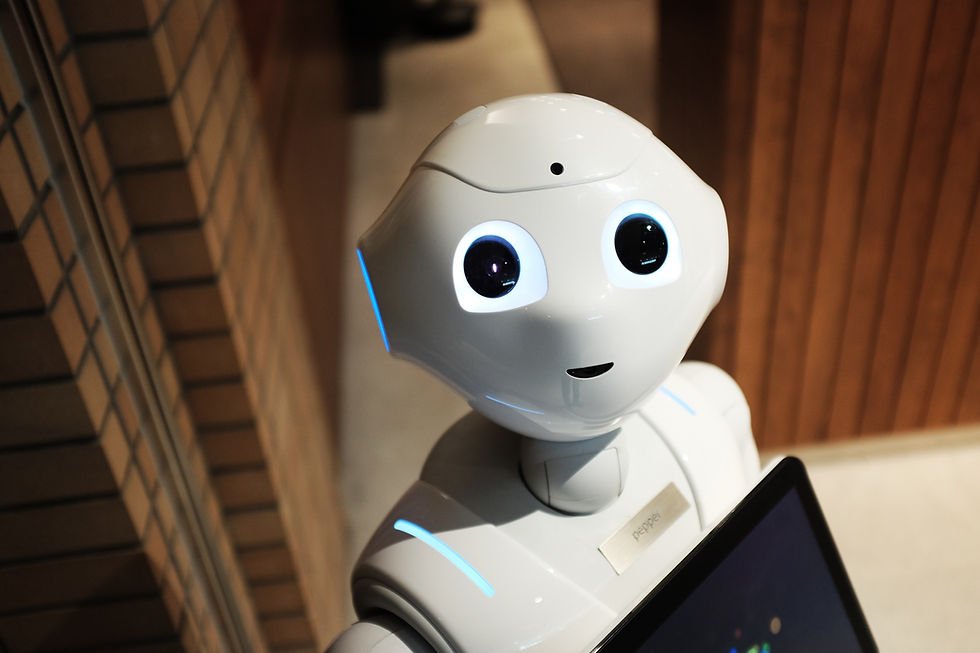- The Woolf Partnership
- Nov 3
- 3 min read

This month, we explore how evolving technologies and shifting workforce dynamics are reshaping leadership, hiring, and work environments. From AI’s growing role in communication and job market shifts influenced by Gen Z, to the challenges of hybrid work and changing employer-employee power balances, these insights highlight the future of work and leadership in today’s middle market and beyond.
Is Your AI Benchmark Lying To You?
In the rapidly advancing field of artificial intelligence (AI), benchmarks are essential tools used to evaluate and compare the performance of different models.
How are you navigating issues such as data leakage, benchmarks inadvertently testing

models on data they were trained on, and the misalignment between benchmark objectives and real-world applications? Unless we see marked improvements, we risk being misled by inflated performance claims, ultimately impeding genuine advancements in AI.

Recruiting The Best
In the dynamic landscape of mid market companies, securing top-tier leadership is crucial, yet challenging. Are there simple, effective actions you can take to recruit the best? Consider these steps to navigate leadership transitions and drive growth:
Integrating hiring as a core organisational competency.
Engaging expert advisors for guidance.
Implementing robust succession planning.

77% of Gen Z Job Seekers Are Willing To Work Weekends, On One Condition...
This may come as a surprise for many Millennials and Gen X, a whopping 77% of Gen Z job seekers are open to working weekends, as long as they have flexibility in return. For the new kids on the block work-life balance isn't about strict 9-to-5 hours; it's about autonomy over when and how they work. Employers looking to attract young talent are encouraged to focus less on rigid schedules and more on creating flexible, trust-based work cultures that align with Gen Z’s evolving values.
Hybrid Work: Why So Many Companies Still Can't Get it Right
Despite the widespread adoption of hybrid work models, nearly half of companies are still struggling to make it effective. Why? It could be the poor communication, lack of structure, and inconsistent leadership support. Perhaps unsurprisingly, we all need clearer policies, stronger cultural alignment, and better technology integration to truly unlock the potential of hybrid work.

Top White Collar Jobs Are Down, But Don’t Blame AI... Yet!
While white-collar job losses have raised
concerns about automation and AI replacing workers, economists argue that the decline isn't directly tied to artificial intelligence, at least not yet. Sure, professionals are leaping to accuse the bots for their lack of prospects, however there is an argument against rushing to blame AI. Of course, technological disruption is real, but the impact on employment trends is gradual. For now, macroeconomic conditions and changing market demands are more responsible for the slump in professional job growth.
Employers Have Regained Advantage: 4 Must-Knows
After several years of employees having the upper hand in the labour market, a new shift i
s emerging, employers are regaining leverage. Why the shift? Aside from the obvious lack of jobs out there, there seem to be other factors.
HR is increasingly seen as a core business driver, employee engagement remains a top differentiator, DEIB (Diversity, Equity, Inclusion & Belonging) efforts are still central and data-driven strategies are being leveraged for talent and workflow optimisation. Employers may be gaining control, but don’t forget the importance of offering meaningful employee experiences to aid talent retention.
Follow The Woolf Partnership for regular howls, wisdom and content about the recruitment market!






Comments